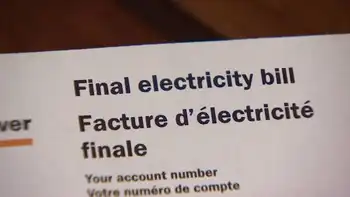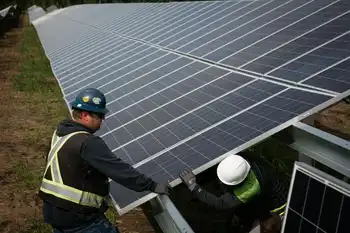Transelectrica explores increasing wind capacity
BUCHAREST, ROMANIA - Romanian electricity transmission and grid operator, Transelectrica SA is exploring $44.87 billion of investment opportunities that could increase Romania's total installed power generation capacity by 28,000 megawatts (MW). A large part of the investment is likely to be made in the wind power sector.
According to data published by Transelectrica, these projects could exceed the current total installed capacity of power-producing facilities in Romania. Galati, Constanta, Iasi and Tulcea counties have emerged as the most popular locations for the new wind power project investments.
Officials have indicated that from 2008 through 2012, about 127 projects have been identified, accounting for the proposed 28,000 MW. This includes projects that have completed a solution study, a process carried out to ascertain the availability of the grid and electricity network, and select the best method to implement the project. It also comprises a system study to identify solutions to link the project to the grid. Sources indicate that a solution study is the next step in receiving formal permits to begin work on the project.
Industry observers have stated that more than 110 of the proposed 127 projects are expected to be located in the counties of Iasi, Vaslui, Galati, Vrancea, Constanta Braila and Tulcea. Around 75 projects will be built in Tulcea and Constanta. The plan also includes 10 projects in Vaslui, 11 in Galati, seven in Vrancea, four in Isai and six in Braila provinces. Moldova and Dobrogea top the list of most-preferred locations for wind power projects in the country.
Transelectrica is confident that new wind power generating capacity in Romania will reach 1,500 MW by 2012 and 3,000 MW by 2017. Presently, the country generates about 9 MW of wind power, which accounts for less than 1% of the total electricity production. Several European energy firms including Iberdrola SA, ENEL S.p.A, CEZ A.S, and E.ON AG, have expressed interest in investing in Romania's wind power sector.
E.ON, which already has a presence in the country, is exploring the possibility of developing a 150-MW wind power project in the Moldova region. The Romanian branch of Continental Wind Partners is likely to develop a 470-MW project in Galati. EDP Renovaveis SA is proposing to build a 90-MW windfarm in Medgidia with an investment of about $149.5 million. The project is expected to start operations next year. The $1.65 billion, 600-MW Dobrogea wind project, which will consist of 240 turbines and is being developed by CEZ, will begin operations next year.
By 2010, Romania is targeting to have about 33% of the country's electricity production coming from alternate energy sources. Wind power is emerging as a popular choice for renewable energy in Romania. The country has an estimated wind power potential of about 14,000 MW.
Romania lags behind most of its European neighbors in wind power generation. Germany, Bulgaria and Hungary generate about 20,000 MW, 78 MW and 127 MW, respectively, from wind power. Industry analysts have observed that, by 2017, only 15% of the proposed wind power projects will start operations. Financing constraints and high project costs have been identified as deterrents. In Romania, the cost of building 1 MW of wind power is estimated to be in the range of $1.79 million to $2.24 million. Sources indicate that Romania will also have to work toward increasing the bandwidth of its electricity network to accommodate more renewable energy projects.
Related News

Prepare for blackouts across the U.S. as summer takes hold
WASHINGTON - Just when it didn’t seem things couldn’t get worse — gasoline at $5 to $8 a gallon, supply shortages in everything from baby formula to new cars — comes the devastating news that many of us will endure electricity blackouts this summer.
The alarm was sounded by the nonprofit North American Electric Reliability Corp. and the Federal Energy Regulatory Commission.
The North American electric grid is the largest machine on earth and the most complex, incorporating everything from the wonky pole you see at the roadside with a bird’s nest of wires to some of the most sophisticated engineering ever…




